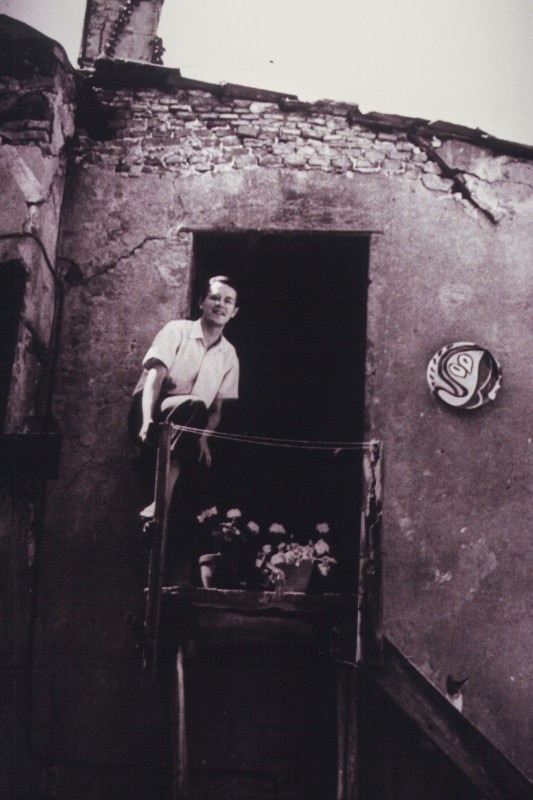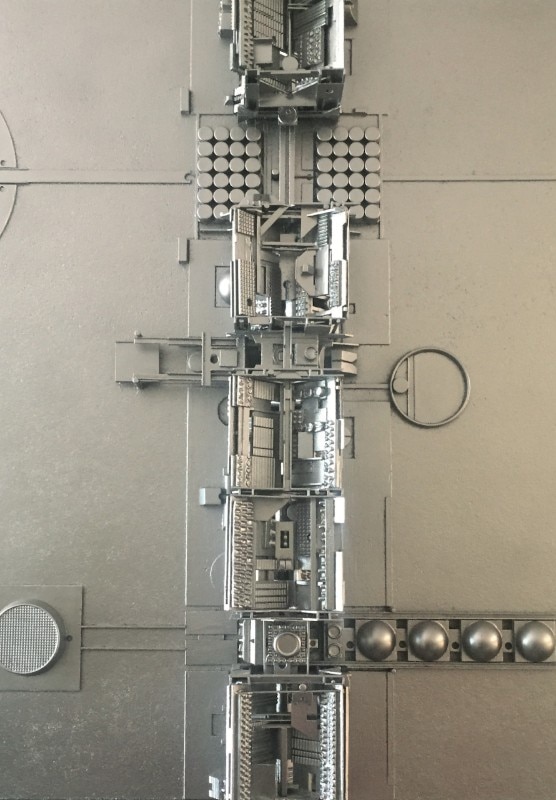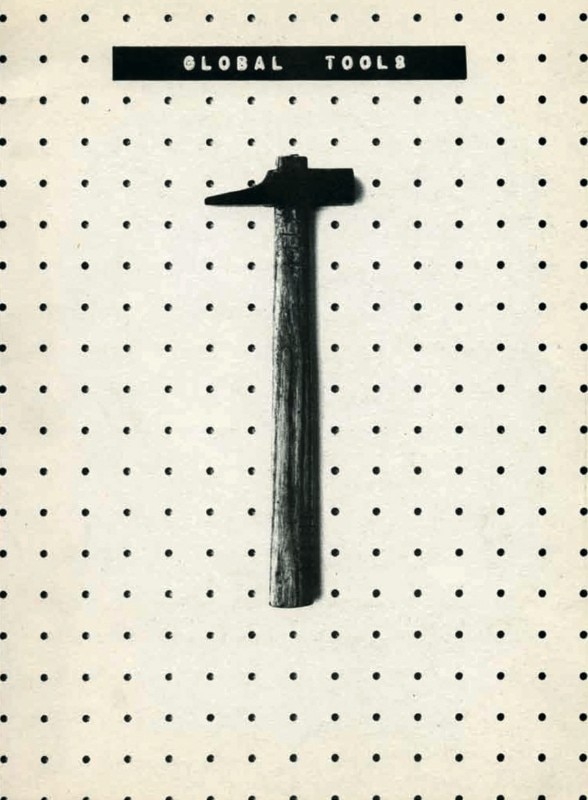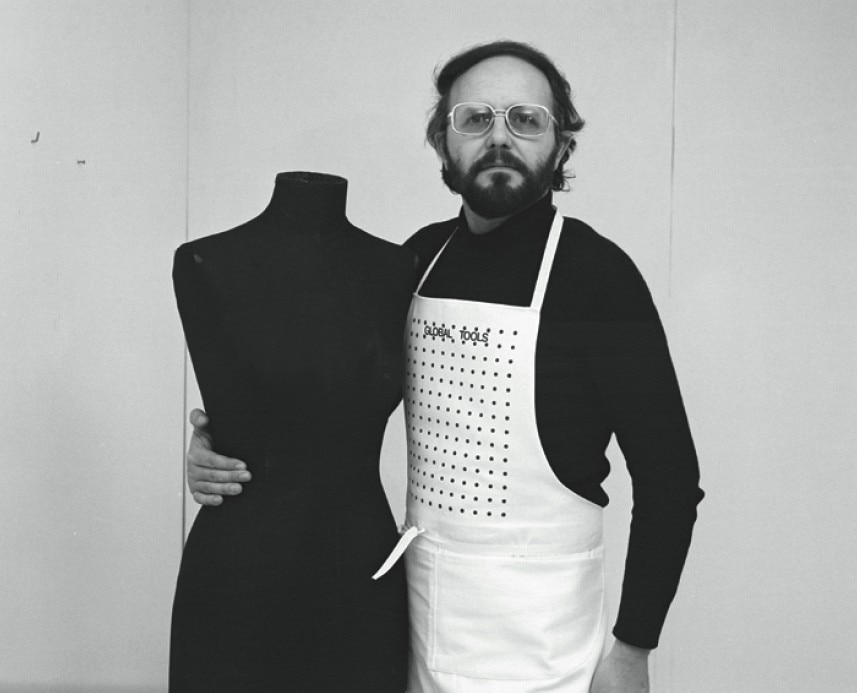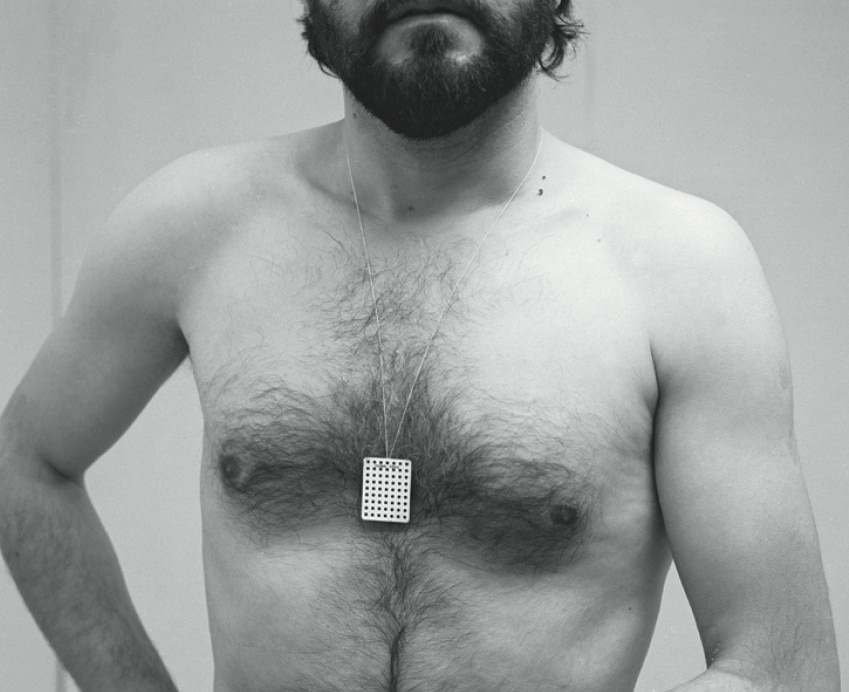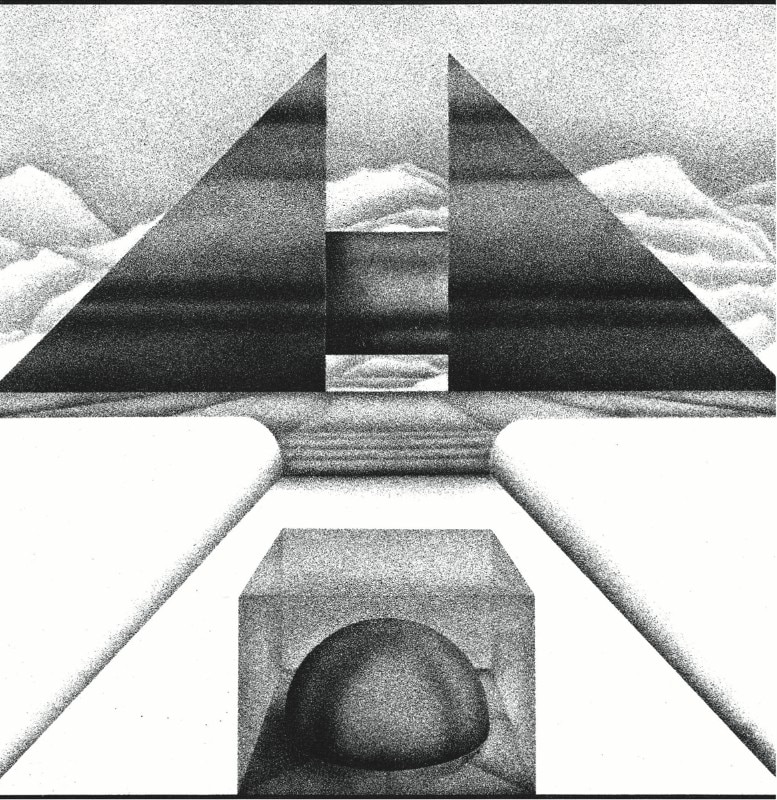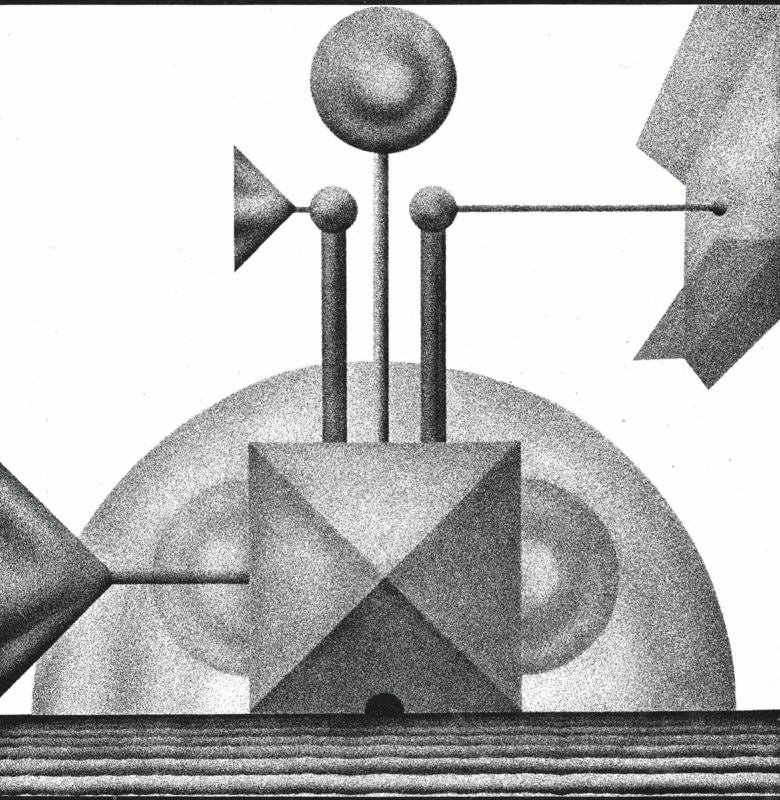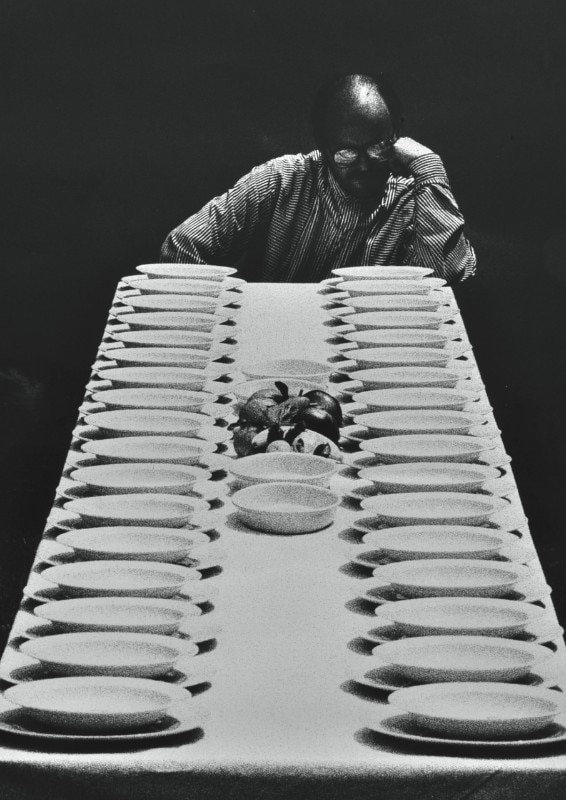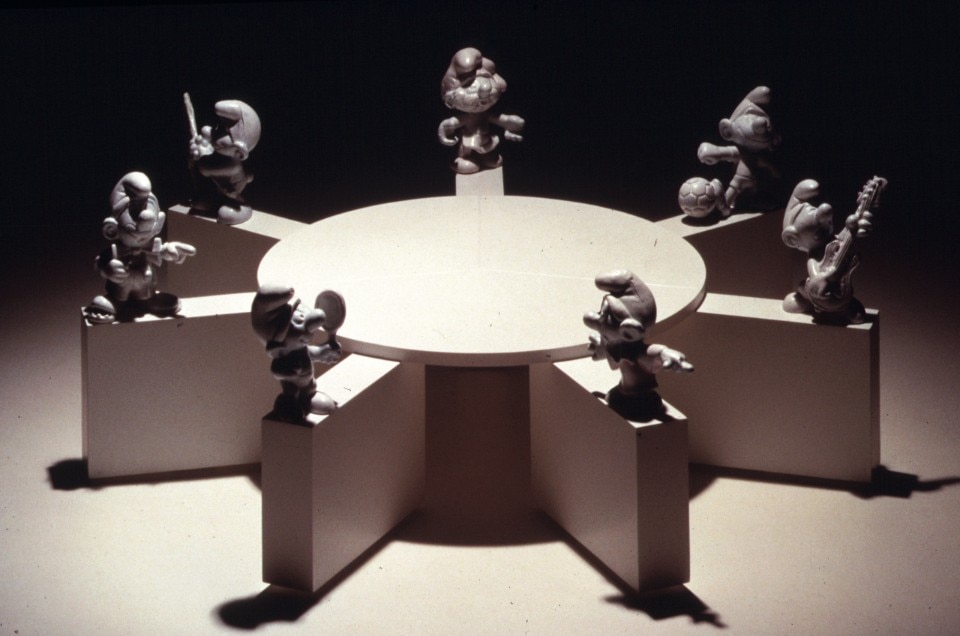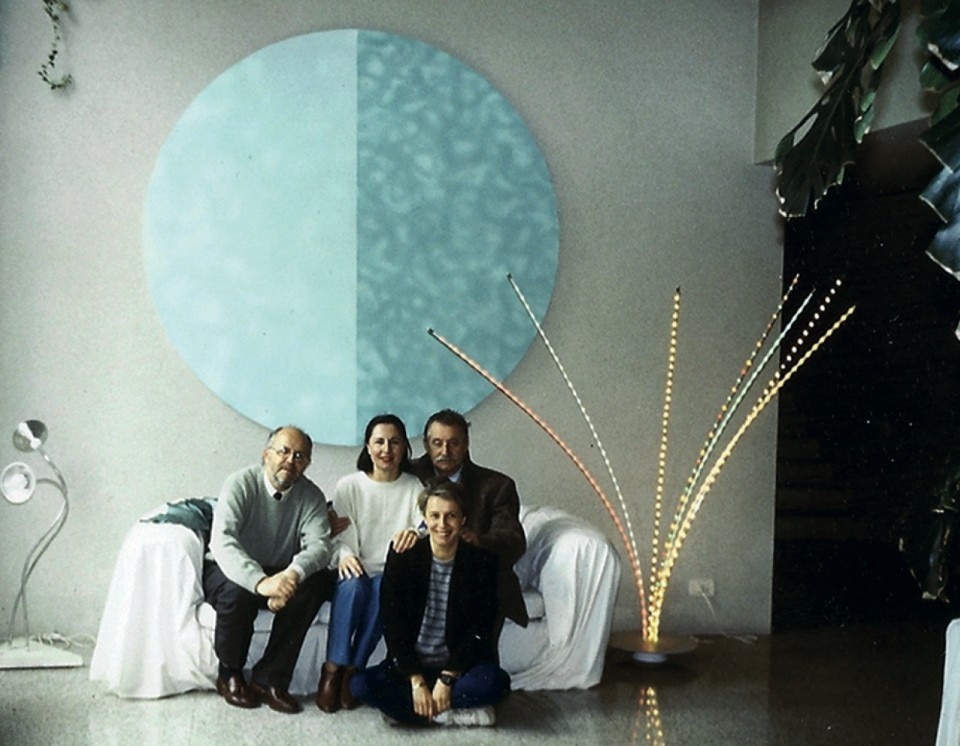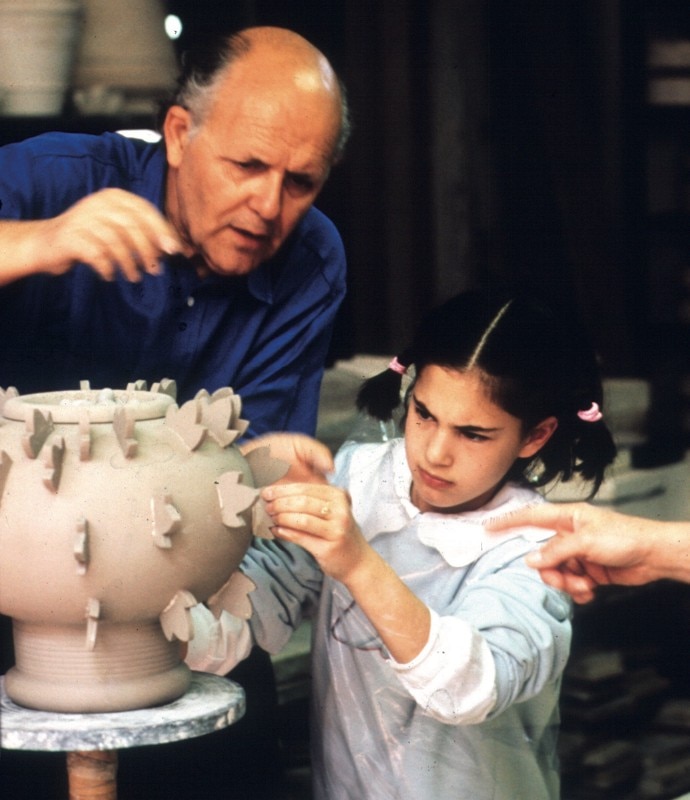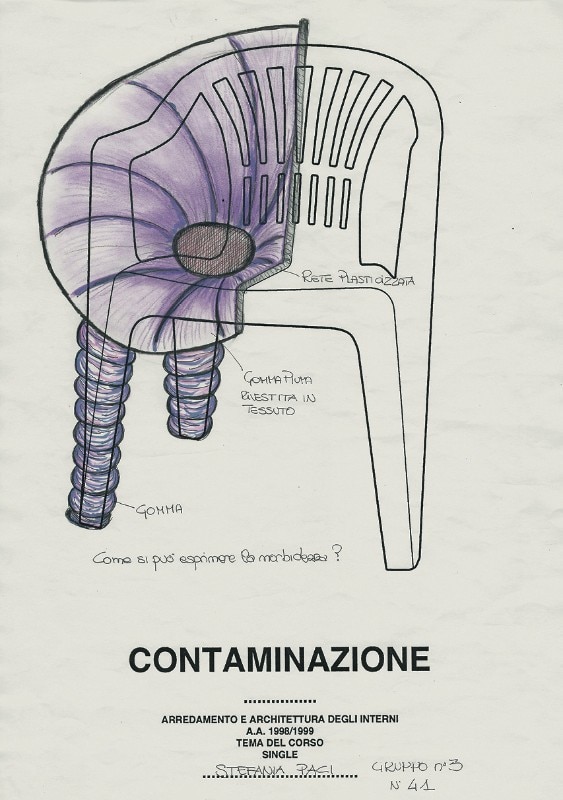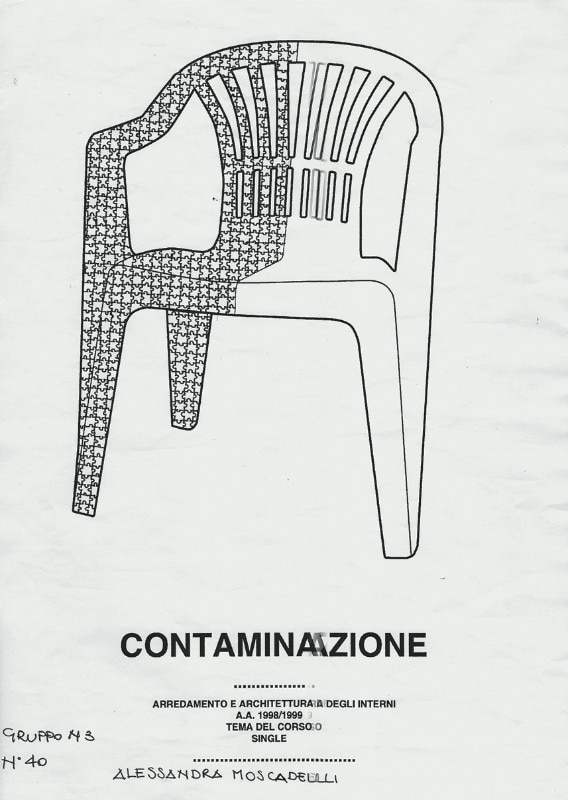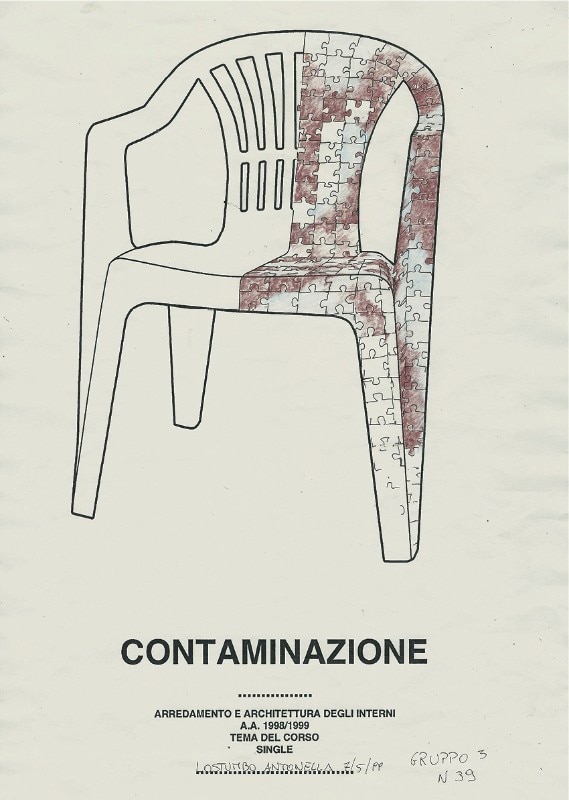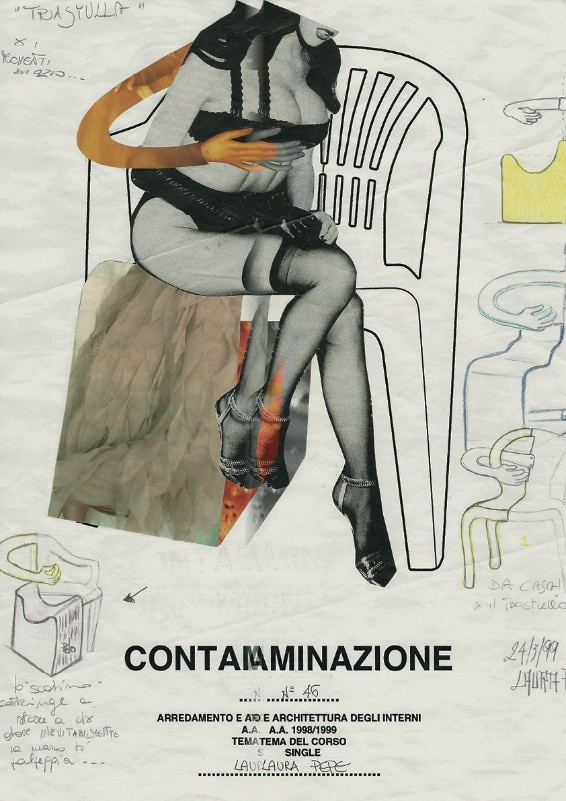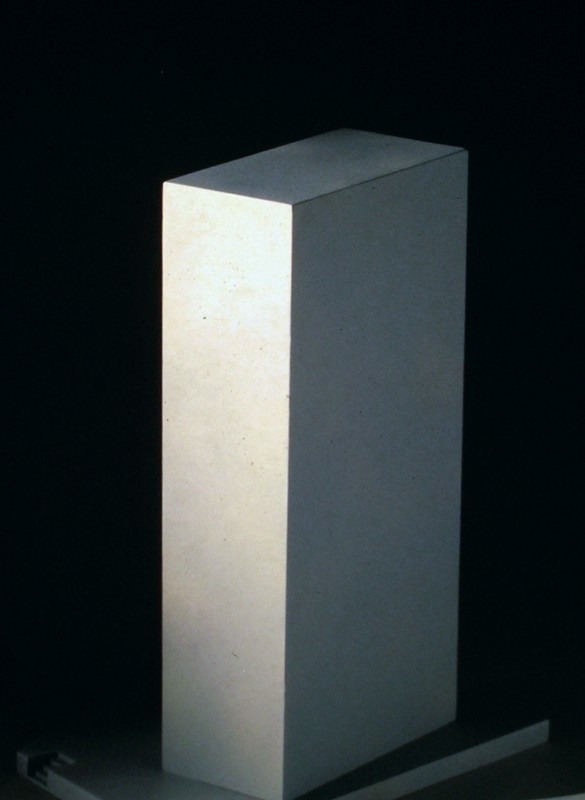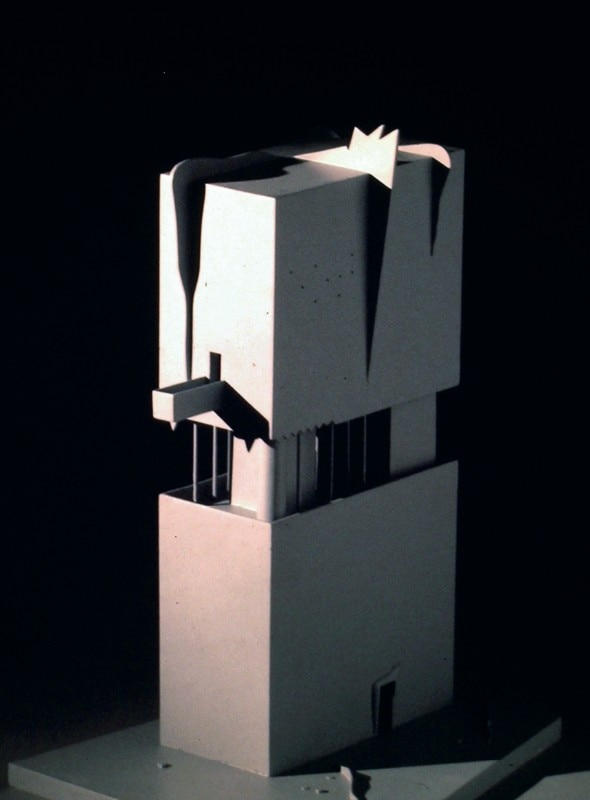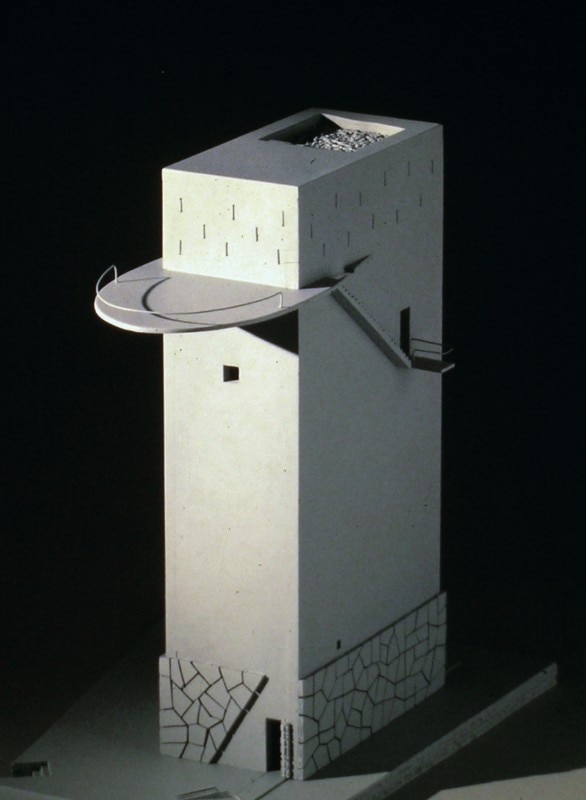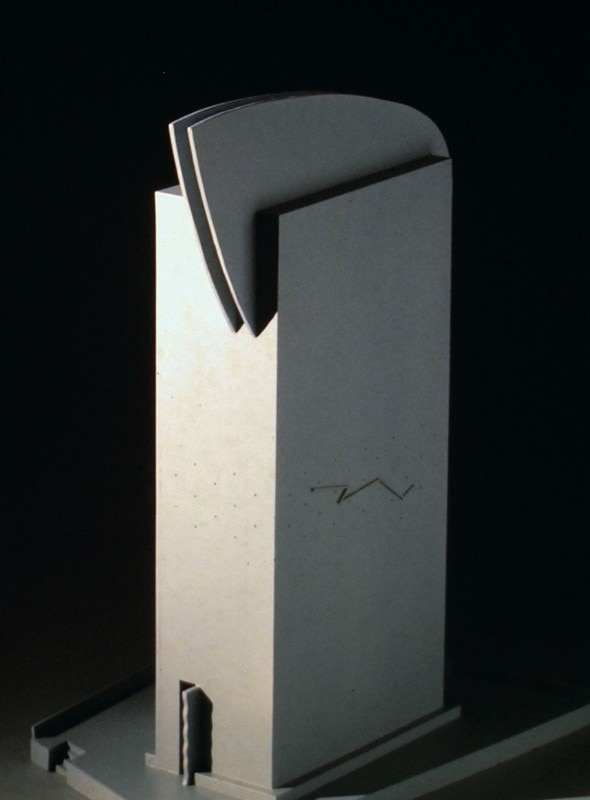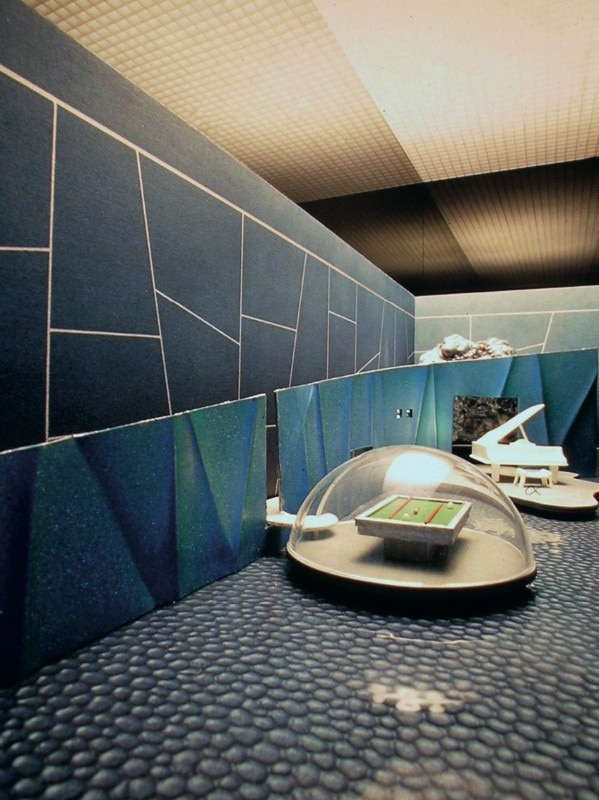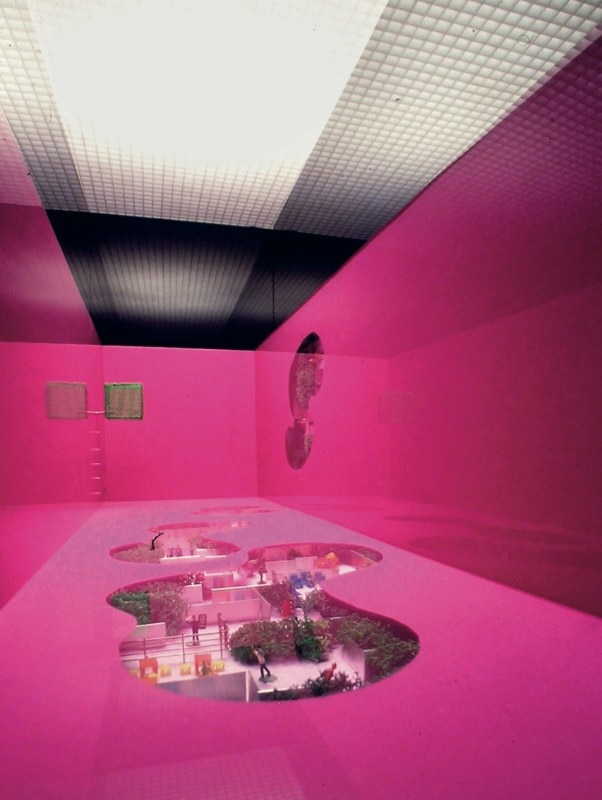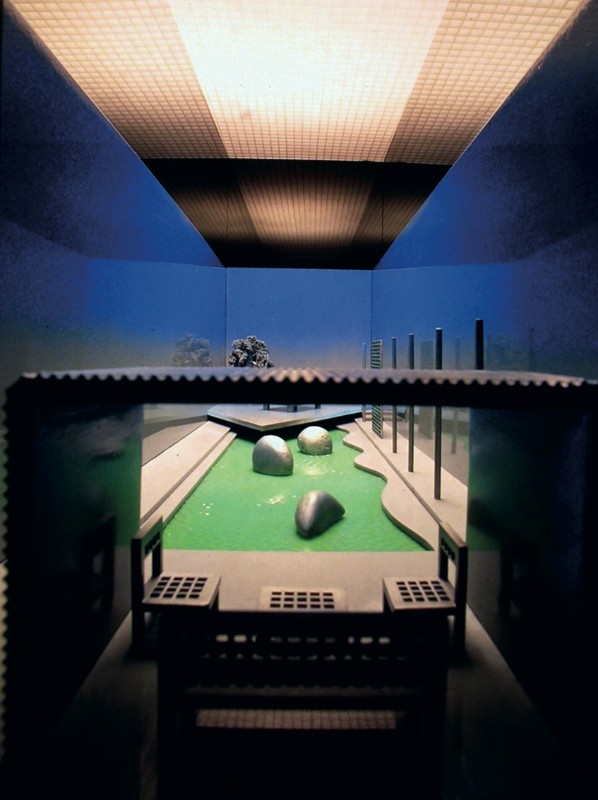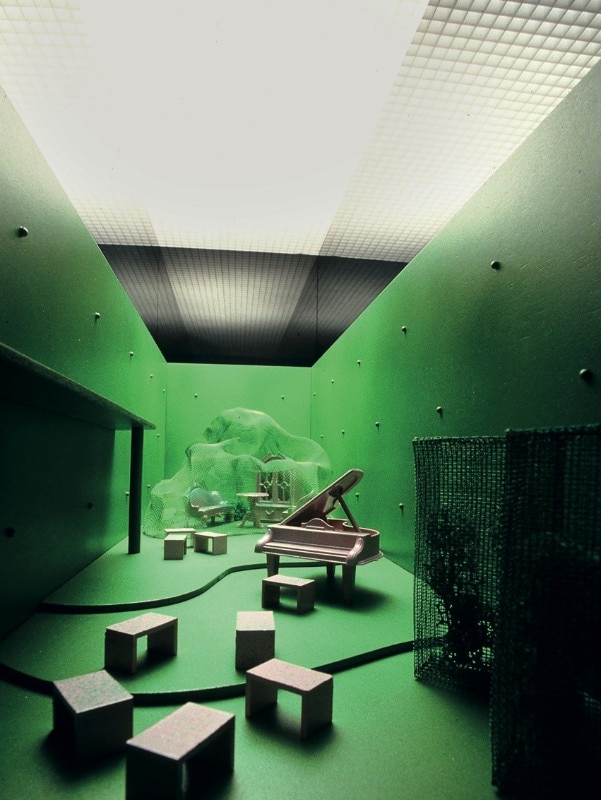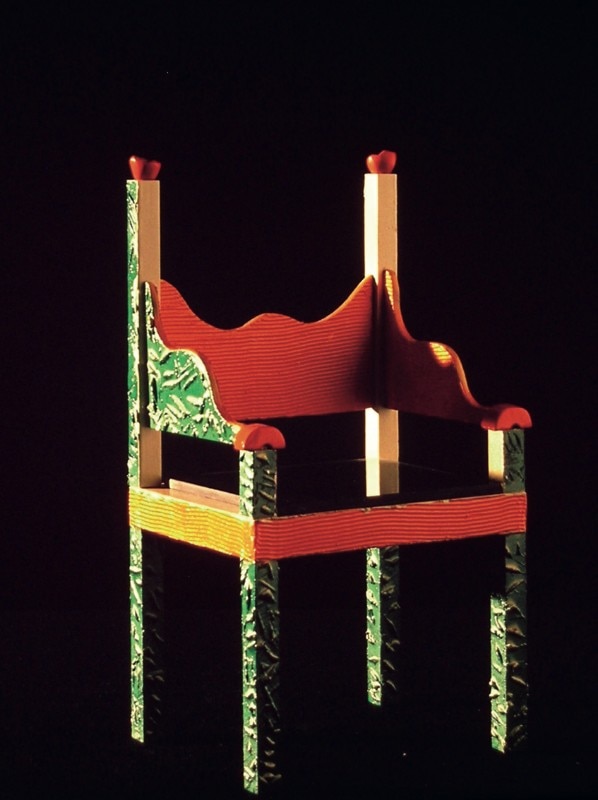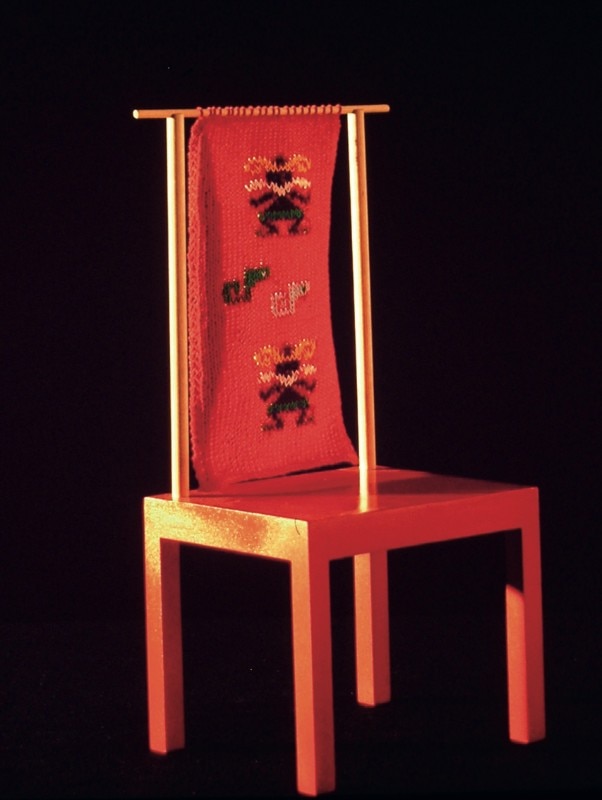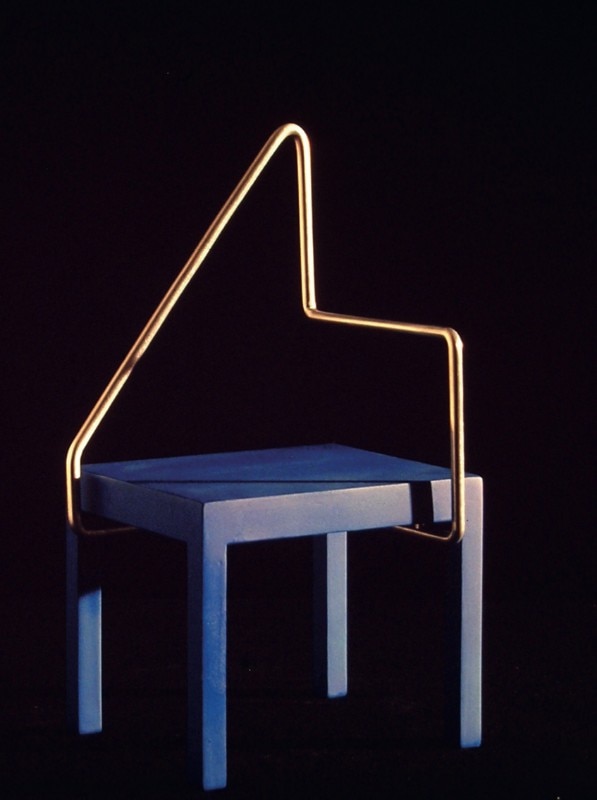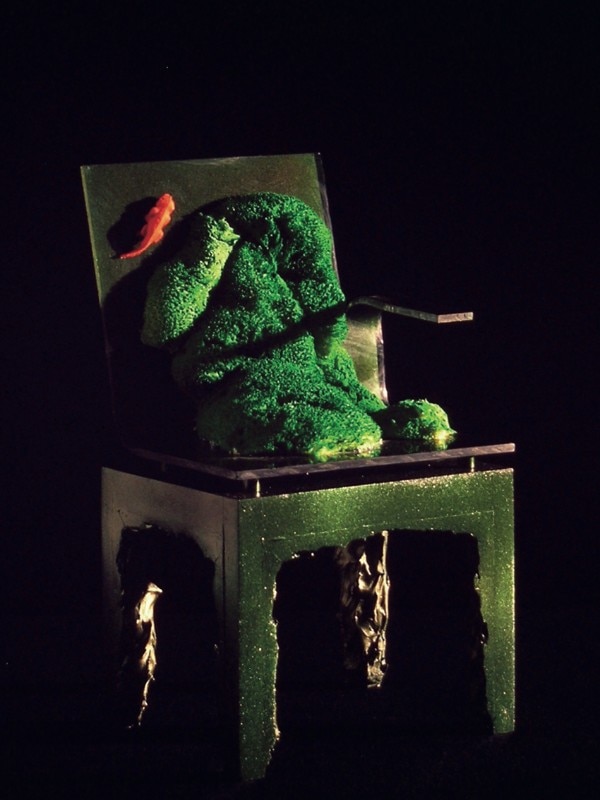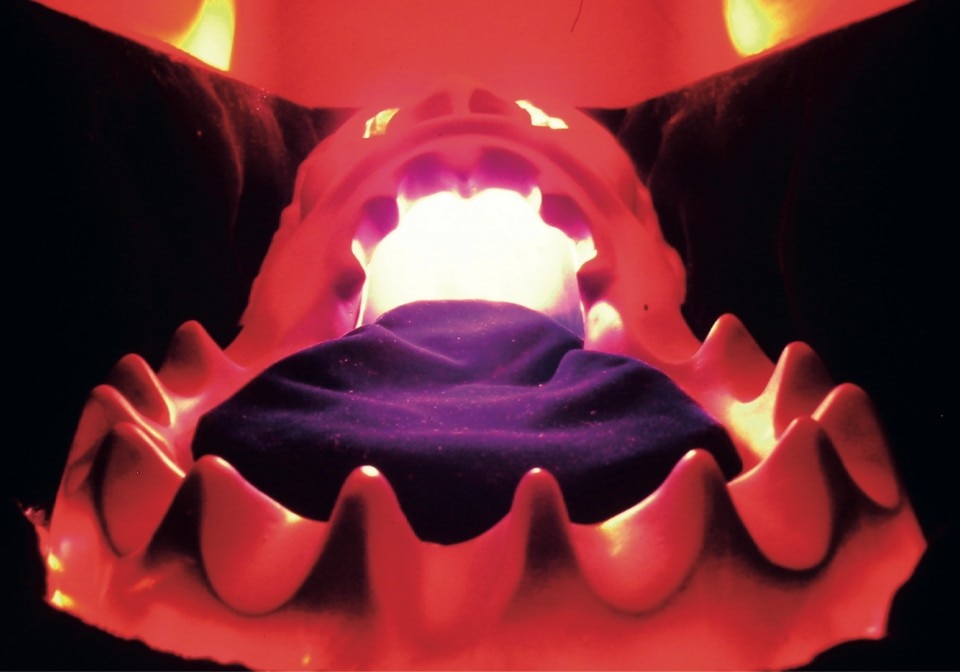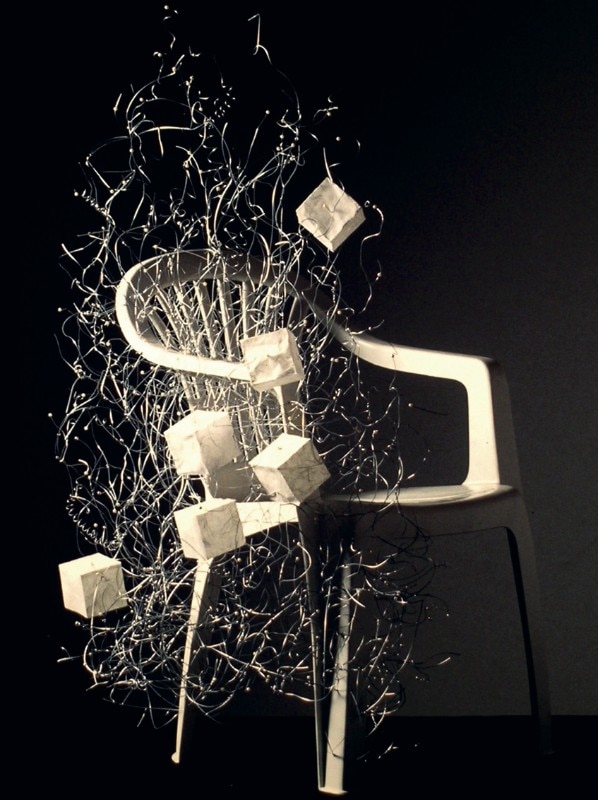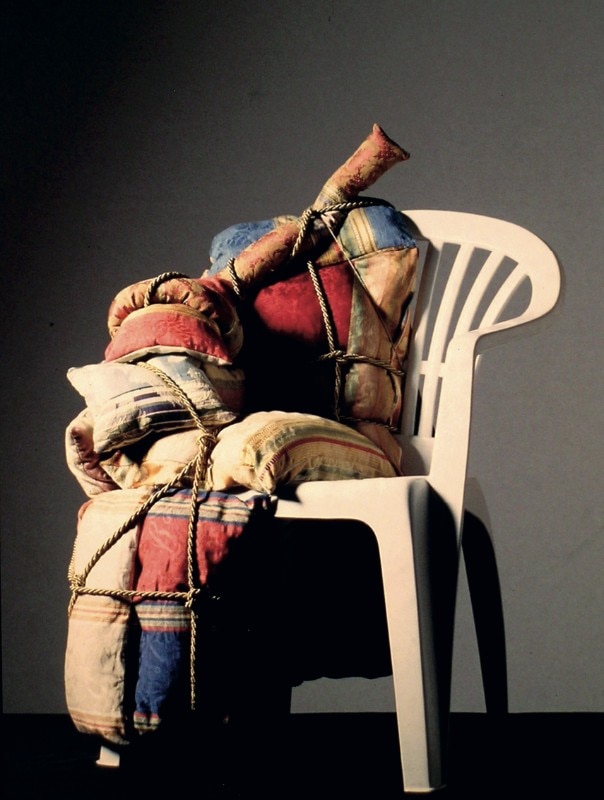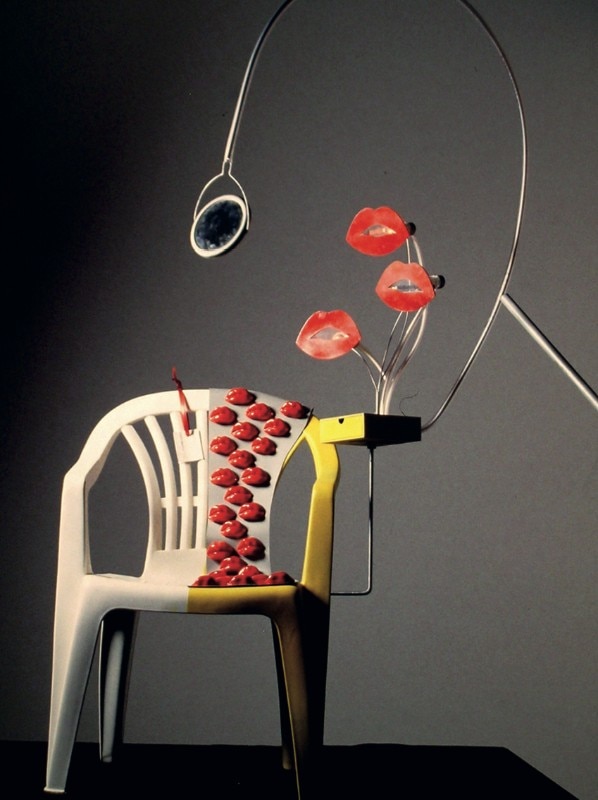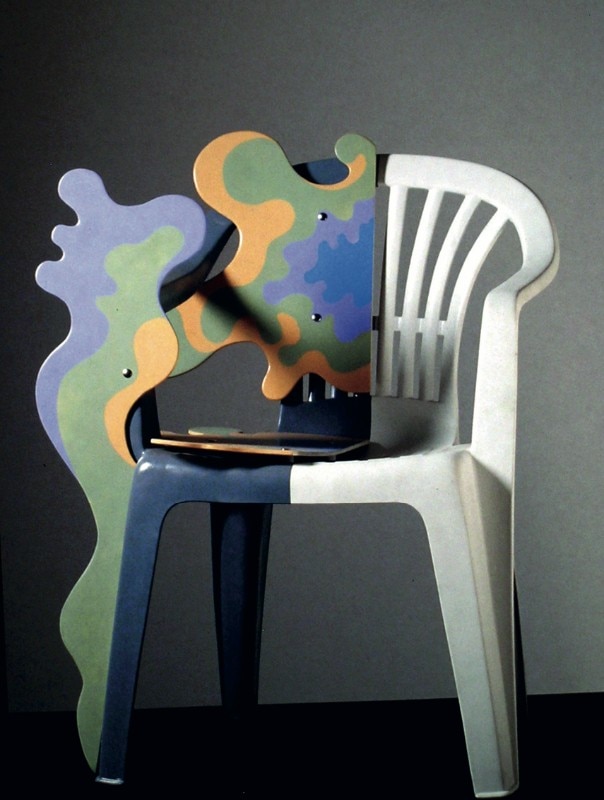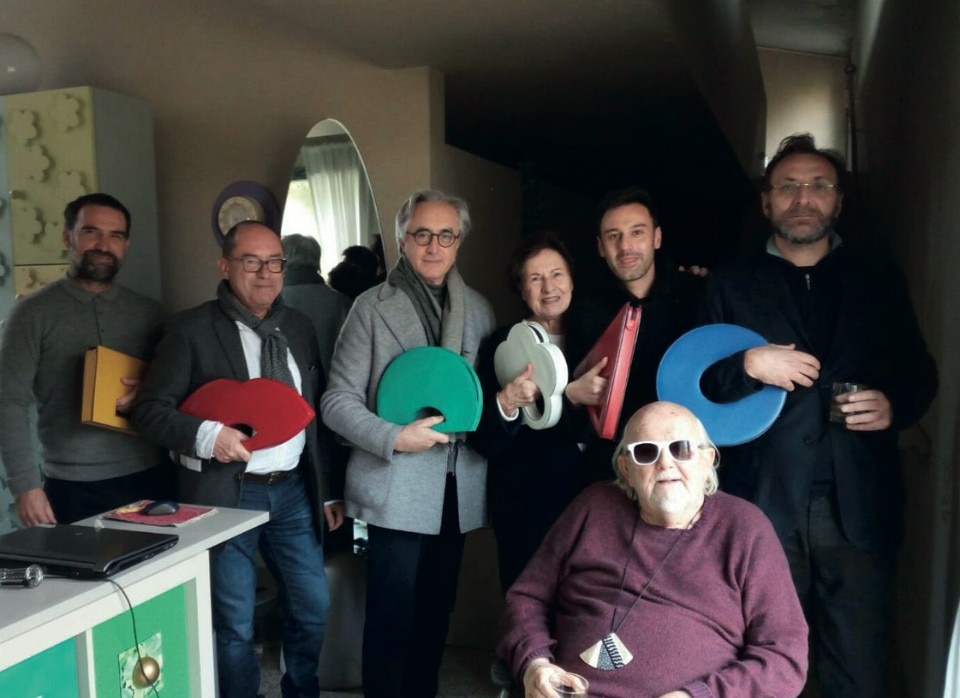Remo Buti, born in 1932, is an architect and designer as well as a great teacher at the University of Florence, where he graduated after attending the legendary Leonardo Ricci and Leonardo Savioli’s courses (later becoming their assistant). His passionate fervour in giving himself to his students can be considered one of his greatest works – in 1973, along with his radical friends, he was one of the founders of the Global Tools counter-school of design. Even before that, he was a skilled ceramist by passion and family inheritance (his grandfather collaborated with Ponti’s Richard Ginori), and had various experiences, including at the “mecca” of this art, Albissola – in 1978, he presented the Piatti d’Architettura series at the Venice Biennale, considered one of his icons.
Vari-età (Quodlibet-DIDA Press) represents the first step towards the discovery of a complex and multi-faceted character such as Buti. We talked about it with the authors: Giovanni Bartolozzi, Pino Brugellis and Matteo Zambelli.
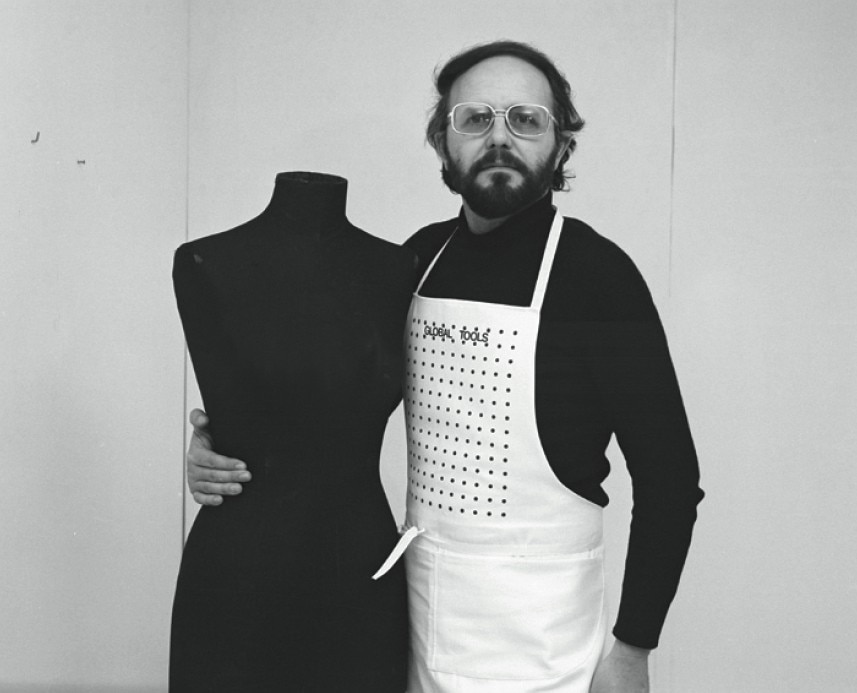
Why this title?
The title was suggested to us with a sneering smile by Buti, saying: the title evokes different interpretations depending on how it is read. Its course was like those cheerful, light-hearted television entertainment programmes, designed for the widest possible age range, where a bit of everything is dealt with in a light-hearted manner, with mottos and jokes: a variety show, indeed. But ‘variety’ means change, richness, diversity, possibility of choice, heterogeneity, i.e., what happened during Remo’s course at the university, by giving his collaborators a great deal of autonomy (and responsibility), he obtained a great diversity of results. The ‘various ages’ are also the different ages, seen as the succession of different design research projects that took place during Buti’s twenty years of teaching. The students’ work bears witness to this: from the radical contaminations, to the “grey” period, from the explosion of colour to the first experiments with digital in the last years of the course.
Buti’s peculiar role within the radical movement
First of all, in the face of the numerous publications dedicated to the Radical Movement in recent years, Buti strongly maintains that its origins should be rewritten, and that it was born within Leonardo Ricci’s Visual Design course, who brought a breath of fresh air thanks to his teaching experiences in the USA. Buti has managed to combine conceptual and pop culture without ideological stereotypes, with an attitude that has allowed him to range and to experiment freely. His joyful, ironic works, sometimes full of sarcasm, mainly represented a different view of the world and then became, perhaps unwittingly, a harsh social and political criticism of a rigid and dogmatic world. For Buti, work is play, fun, and in doing so he breaks the usual, serious rules of political correctness: fun becomes a political battle, work a game that repudiates existential toil and misery, seeking equality in diversity, unity in multiplicity. Such an attitude towards both works and teaching makes Buti one of the most interesting, and still relevant, exponents of radical architecture.
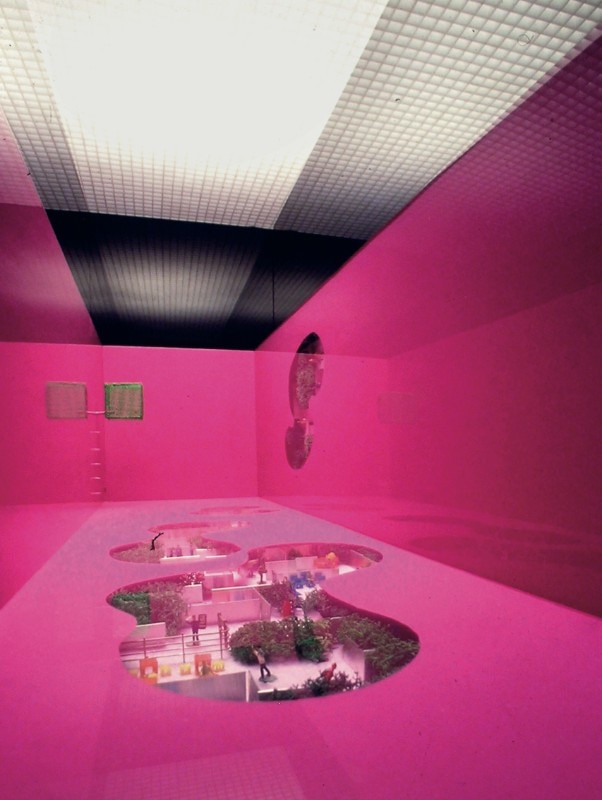
What distinctive feature can be emphasised in his approach?
First of all, Buti, together with Gianni Pettena, was the only solo artist of the Florentine radicals, all the others worked in groups with collective names; he was the only one who measured himself against himself. In fact, he was, and is, a solo artist. Then, Buti soon abandoned the large scale, the theme of the megastructure dear to many of his radical friends, to focus on the experimentation on the small-scale architecture, from the urban fragment to the body decoration, the theme of one of his courses. His distinctive feature is his training as a craftsman, he knows how to use his hands to create something: he is a very skilled ceramist, so much so that Ettore Sottsass used to call on him when he had to cook ceramics, he is an airbrush expert, with which he has created numerous series of drawings from the radicals period – still used today with self-produced stencils and objet trouvé (leaves, branches, etc.) for the creation of over two hundred plates (70x70 cm) dedicated to his autobiography as an “archigian”.
The book focuses on his academic role. 6360 students attended his lectures, realising 4085 models, he was supervisor of 300 dissertations...
The course was “Interior design and architecture”. It was a military or workshop-like organisation, rigid but clear. Students were offered the chance to practice the art of conflict, escape and evasion from a given reality planned from above; they were required to find the well-known “knight’s movement”, that is to say the creative leeway that is proper to the artist, the leeway that is capable of making variety and excess coexist, the place where differences coexist. Buti gave a few lessons, but they were real performances.
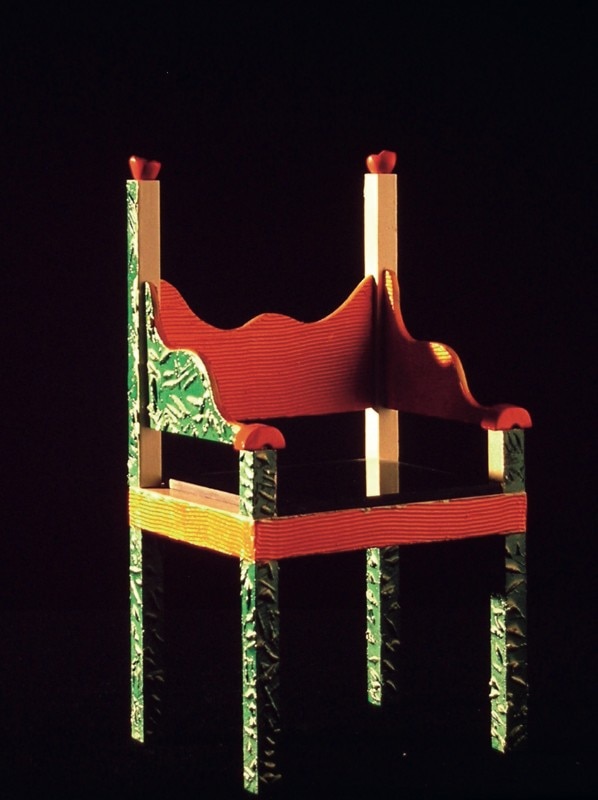
At this time when it is not possible to move, a comment on his project entitled Valigia. Arredo da trasporto.
For Buti, the suitcase represents an emotional, personal, intimate object that collects the most significant and precious things of an existence and that you cannot avoid taking with you on an important trip. The suitcase is therefore an object of wonders that Remo often uses in his lecture-performances, such as the one he gave in 2014 from the window of BASE/Progetti per l’Arte, a non-profit space in Florence, where he pulled out of a blue suitcase with red-edged corners, like a street artist or a conjurer, fantastic wonders, drawings, unusual objects that testified fragments of a unique and pleasant life.




